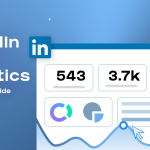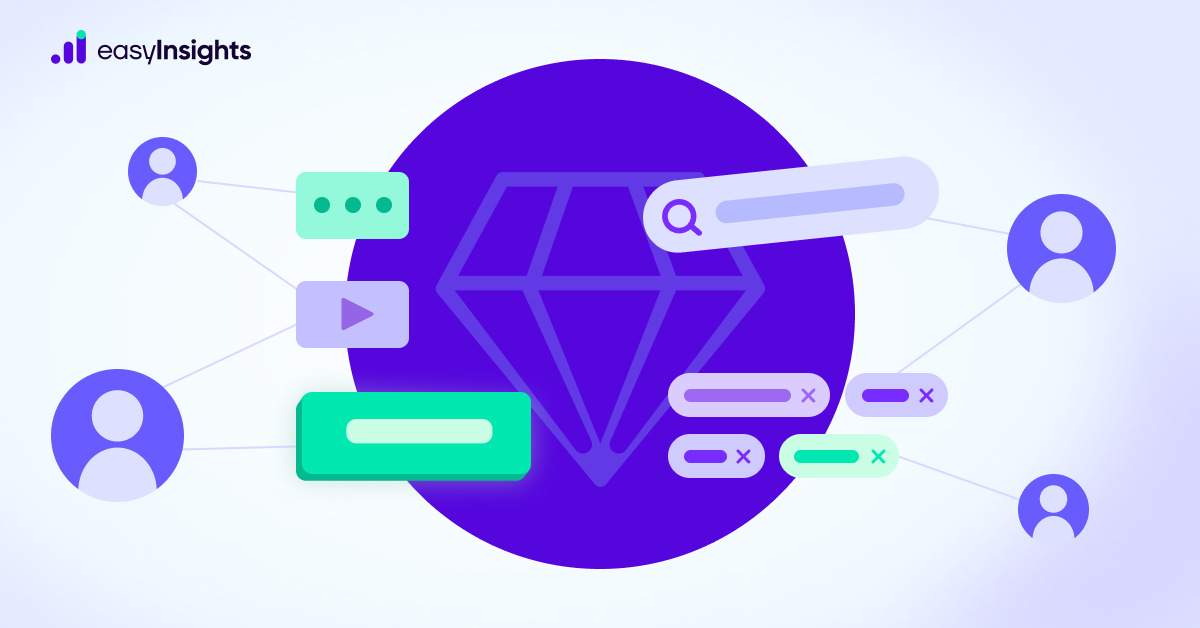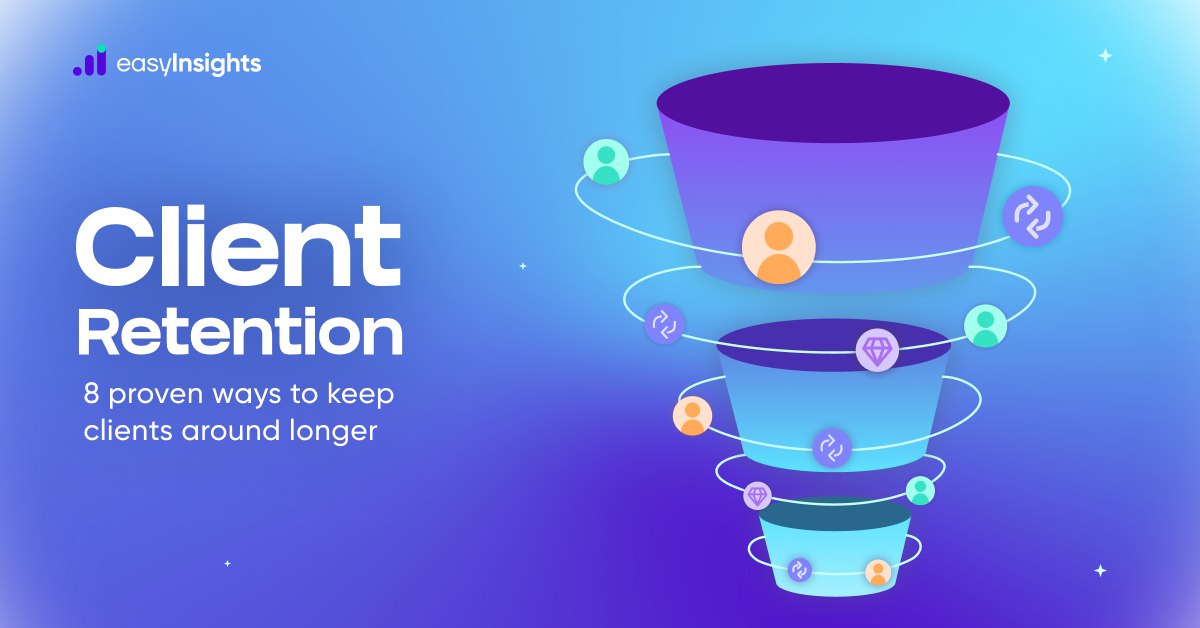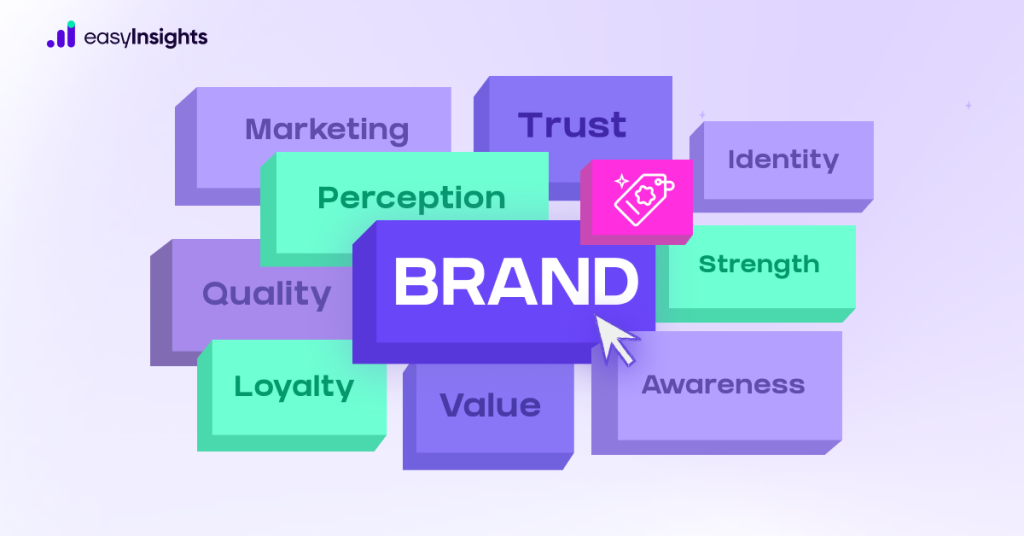
Maintaining a strong brand has never been easy. With the explosion of digital touchpoints and less predictable ways of customer behaviour, creating a brand campaign and measuring its impact have become even more challenging. It’s necessary to measure the impact of brand campaigns to find specific ways to optimize the ROI on your marketing budget.
There are myriad ways in which customers interact with a brand, which add up to their brand experience and perception. The traditional linear buying journey is a thing of the past and it’s harder to live up to your brand’s promise.
Let’s start with the basics and explore how to measure the impact of brand campaigns in the present context.
Jump ahead to:
Square One: What is branding? What is marketing? How are they related?
Marketing is customer needs-centric. It’s about understanding customer needs and creating products and services to meet those needs. One of the shortest good definitions of marketing is “meeting needs profitably”. Take for example, when IKEA noticed that people wanted good furnishings at substantially lower prices, it created knockdown furniture. A more recent example is when Canva noticed the rise in the need for social media post creatives by small and medium-sized businesses and content creators, it launched Canva Design School, which teaches users to easily create high-quality creatives with minimal design experience.
Branding is who you are as an organization. It is much wider than your products or services and constantly evolves.
Branding is the process of creating a strong and positive perception of a company and its products and services in the minds of its customers. It combines several elements such as name, logo, design, tagline, color palette, imagery, sounds, tone of voice, vocabulary, personality (sincere, exciting, competent,..) UI/UX, mission statement and a consistent theme across all digital and traditional customer touchpoints.
By intentionally and carefully creating your brand through stories, relationships, service quality and messaging, you have the chance to create a bond with your customers that goes beyond a buyer-seller relationship. These are some of the tangible and intangible factors that create an attractive whole. Brand awareness can be split into 3 kinds of awareness –
- Awareness of brand name
- Awareness of your product offering
- Awareness of your brand attributes
Also Read: everything you need to know about brand awareness
When branding is effective, it helps companies build a loyal customer base and differentiate themselves from their competitors. It is what makes you, uniquely you, to the customer.
Whether you’re investing your time and energy into creating a compelling brand or paying no attention to it whatsoever, your business still has a brand.
Good branding is strategic while marketing is tactical. The former is a long-term investment, while the latter is focused on quick payoffs. Building strong brand equity takes a longer time, intention, genuine care and attention to detail. Once a brand is established in the minds of its target segment, it is an enduring asset that gives greater returns over the years to come.
Paid marketing on the other hand is about investing in promotion and advertising for immediate ROI. It can be measured tangibly in leads, sales, cost of acquisition etc. A branding metric of comparison here can be brand value. Paid marketing may not lead to loyalty, unlike branding.
Importance of measuring the impact of your brand campaigns
For starters, you can’t improve what you can’t measure.
Building and managing strong brand equity can have a huge impact on your bottom line, as it can give you a competitive advantage over rivals and helps you acquire and retain customers at a much lower cost. This has become a priority for companies of all sizes, in all types of industries and in all types of markets as customers prefer to buy from brands they already know about and resonate with.
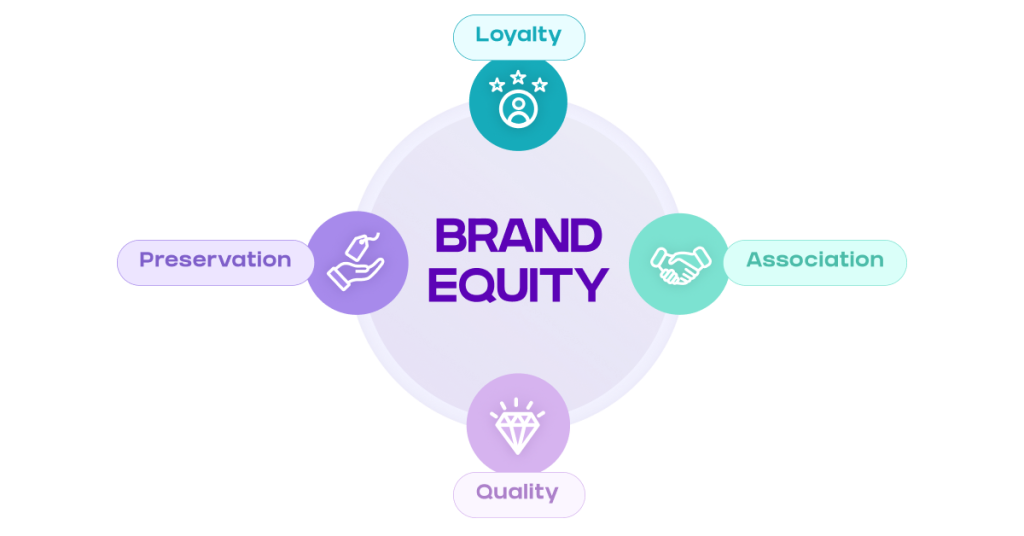
Benefits of a strong brand equity
1. Increased loyalty
2. Higher repeat purchases
3. Lower churn rates
4. Decreased price sensitivity and stronger margins
5. Halo of the brand associated with all products
From strong brand equity, flows customer loyalty and profits. With dwindling attention spans and pressure on marketing budgets. Brand campaign measurement is crucial and needs to be accurate.
Measure the Impact of Brand awareness campaigns
Like any campaign, one must begin with why. Why do you want to run a brand awareness campaign? What is the specific reason or reasons? This will help in deciding the KPIs and metrics.
The brand awareness metrics can be many, based on the goals you want to achieve.
Goal setting for brand campaigns
SMART goals can be handy here. Answer these questions to define your goals and set benchmarks –
- Do I want to raise brand awareness?
- Do I want to establish brand positioning?
- Do I want to generate high-quality leads?
- Do I want users to take action like sign-ups?
- Do I want to increase social engagement?
How to Measure Impact
There are many metrics based on each one of these goals. Most of us are aware of tried and tested brand awareness metrics like traffic, branded search volume, mentions, overall revenue increase, lead increase, engagement metrics (likes, comments, shares, saves), video metrics etc. There can be no one size fits all. A combination of these metrics can give us more context on what has worked and where we can improve.
The benefits of branding can be measured from months to decades and budgets are sometimes likely to become dependent on short-term tactics like promotions and seasonal offers, unless long-term strategy is given importance.
Brand campaign measurement methods can either focus on how it impacts the business, the consumer or a combination of both:
1. Business-focused, which uses financial metrics like Sales, profit, market share
2. Consumer-focused, which tries to gauge consumer perception, attitude and intention
3. A combination of both business-focused and consumer-focused
Business Centric direct methods
These measure the impact of brand ads on Sales.
1. Financial evaluation – Discounted Present value of future cash flows from the brand
2. Sales lift models – Measurement of the effect of brand promotion on Sales
3. Baseline drivers – Measure what the consumer would purchase in the absence of any promotion, or the brand’s contribution to organic sales
4. Customer Lifetime Value (CLTV) – CLTV Measurement of total revenue from a customer over their entire relationship with a brand. RFM analysis is used, which segments marketing strategies for different segments. An RFM score is calculated on the basis of recency, frequency, and the total of recent transactions.
Business Centric indirect methods
These methods focus on measuring outcomes that can be correlated with a desired financial outcome. Example
1. Market share – brand v/s competition
2. Price premium – the degree to which a brand can charge more for the same product or service
3. Price elasticity – change in the demand for product/service in relation to a change in price
Consumer-centric direct and indirect methods
This attempt to gauge the impact of brand ads on consumers’ perceptions, attitudes and intentions.
The direct methods use surveys, panel discussions and trackers to ask relevant questions about the brand and competitors.
- Panels for KPIs such as awareness, and perception. Panels for specific questions
- Traditional surveys and custom surveys
- Brand impact surveys conducted during or after a brand campaign
- Social analytics done through analysis of social conversations
The indirect methods include
- Engagement metrics online – user behaviour on the website and apps around the campaign time
- Sentiment analysis – check word clouds using listening tools to see the sentiment and language used by people
- Brand or product search – how are people searching for the brand
Best approach – a combination of business-centric and consumer-centric methods
It is important to keep your eyes on the ultimate goal of growing the business and hence, the most important metrics will be those of revenue and profitability.
Metrics
Even though measuring brand campaigns is not a straightforward process, here are some common metrics that may give you a good overall picture:
1. Surveys
Surveys are still among the best ways to measure brand impact. Selecting your target group and asking about the brand, a particular campaign, an association, a feature etc, is an important strategic step in assessing brand recall.
2. Direct and site traffic: Traffic shows the overall impact that your campaign has on website traffic. Direct traffic means those users who reach your website on purpose by typing in the URL. One drawback is that you can’t track exactly what is contributing to the trend.
3. Social engagement metrics: Social media is an important place to start conversations and identify your best-performing content. Social media metrics can help you spot trends. They can help you see how people are engaging with your brand online and what their conversations are about you. If a particular video of yours has become a trend or is being shared a lot, it shows you’ve managed to connect with your audience effectively. Followers, likes, comments, shares, saves, video views, retweets, favourites are metrics that show how many people are aware of and engaging with your brand. There are several free and paid listening tools for measurement. But are they following through with a purchase? To answer complex questions like these and to make sense of your data coming in from multiple earned and paid assets, a tool like EasyInsights can be useful, which helps combine all your marketing and CRM data for full-funnel visibility.
4. Video metrics: Video is a big part of brand campaigns and video content helps make purchasing decisions easier for customers. Their rising importance in marketing is evident from more formats of videos being released and promoted by top social platforms – reels and Live on Instagram and shorts on Youtube.
5. Full funnel attribution – Brand awareness is at the top of the sales funnel. Tracking the entire customer journey, to see the steps taken by customers along the way, tells you what’s contributing to your success, even when they’re not providing immediate conversions. Full funnel attribution shows you which channels are working for you and moving shoppers closer to purchase – and therefore where to spend more marketing budget.
With easyinsights.ai , you can sync data from all your marketing channels, analytics tools and CRM to create granular audiences, accurately track conversions and attribute them to the correct ad platform, enrich data, thus, powering your marketing from a single place.
6. Brand search volume: Tracking how many people are coming to your site from organic branded search terms during and after a campaign is a good metric, alongside other metrics from your website and social media.
7. Mentions: Tracking the volume of mentions and sentiment around your brand, during campaigns helps ascertain if people’s sentiment is largely positive, negative or neutral. This can be done through Google alerts and other social listening tools
8. Share of voice and impressions
This compares the brand’s visibility on different marketing channels against your competitors. Your brand’s impact needs to be measured alongside your competitors. This is because if your brand awareness has had a boost but your competition ran a subsequent campaign in response to yours and is now growing at double the rate, you need to pay attention and step it up.
Impressions share can give you an idea of how well you’re performing against the competition in organic search and SEA or search engine advertising.
Both these metrics give you a good idea of your market coverage and where you can optimize your strategy.
9. Traffic from Third party websites and referral sites
When you’re mentioned on third-party websites organically or via influencer outreach campaigns, these contribute to your brand in the short, medium and long term. Traffic from referral links, which is other users mentioning you to their followers also helps grow brand impact.
Final thoughts
Brand campaigns can be measured fully just as campaigns focused on immediate purchases. We understand that the complexity of data and understanding the full user journey by connecting offline and online activities can get overwhelming. This is where EasyInsights comes in
Additional Reading: How Atomberg increased their Revenue by 2x by identifying users online and offline activity.
Bonus Read: How EasyInsights can help you work better with your Martech Stack

EasyInsights works with raw adtech and first-party data for data activation and data enrichment in a few key ways:
Data Collection and Transformation:
- EasyInsights connect directly to your ad platform allowing it to access and extract the raw data you’ve collected.
- Data Transformation: EasyInsights then cleans, normalizes, and enriches the data to make it usable for activation purposes. This may involve tasks like:
- Formatting data: Ensuring all data points are in a consistent format.
- Handling missing values: Filling in missing data points or removing them according to your preferences.
- Enriching data: Adding additional data points from other sources to create a more comprehensive picture of your customers.
Data Activation:
- Segmentation and Targeting: It allows you to segment your audience based on various criteria like demographics, behavior, and interests using the enriched ad platform data.
- Multi-channel Marketing: You can then use these segments to activate your audience across different marketing channels like email, social media, and advertising platforms.
- Customer Relationship Management (CRM): The data can be used to personalize outreach and interactions with customers within your CRM system.
- Marketing Attribution: EasyInsights can help you understand how different marketing channels contribute to conversions and optimize your marketing spend accordingly.
Key Feature:
- Offers features like customer data platform (CDP) capabilities, marketing automation, and campaign management tools.
- Focuses on reverse ETL (extracting data from your warehouse and sending it to marketing tools) and offers pre-built integrations with various marketing platforms.
EasyInsights is a marketer’s preferred tool for first party data activation.
In this age of cross-channel marketing, EasyInsights offers a comprehensive platform to collect, store, and transform all your first-party data.
EasyInsights enhances marketing campaign efficiency in a cookieless landscape with accurate ad signals. It helps brands step away from surface-level metrics and unleash the potential of first-party data to optimize marketing strategies, ensuring a superior Return on Ad Spend (ROAS). It does all this, while being a highly affordable no-code platform with an exceptional customer support apparatus.
Sign up for a demo today to see EasyInsights in action.



